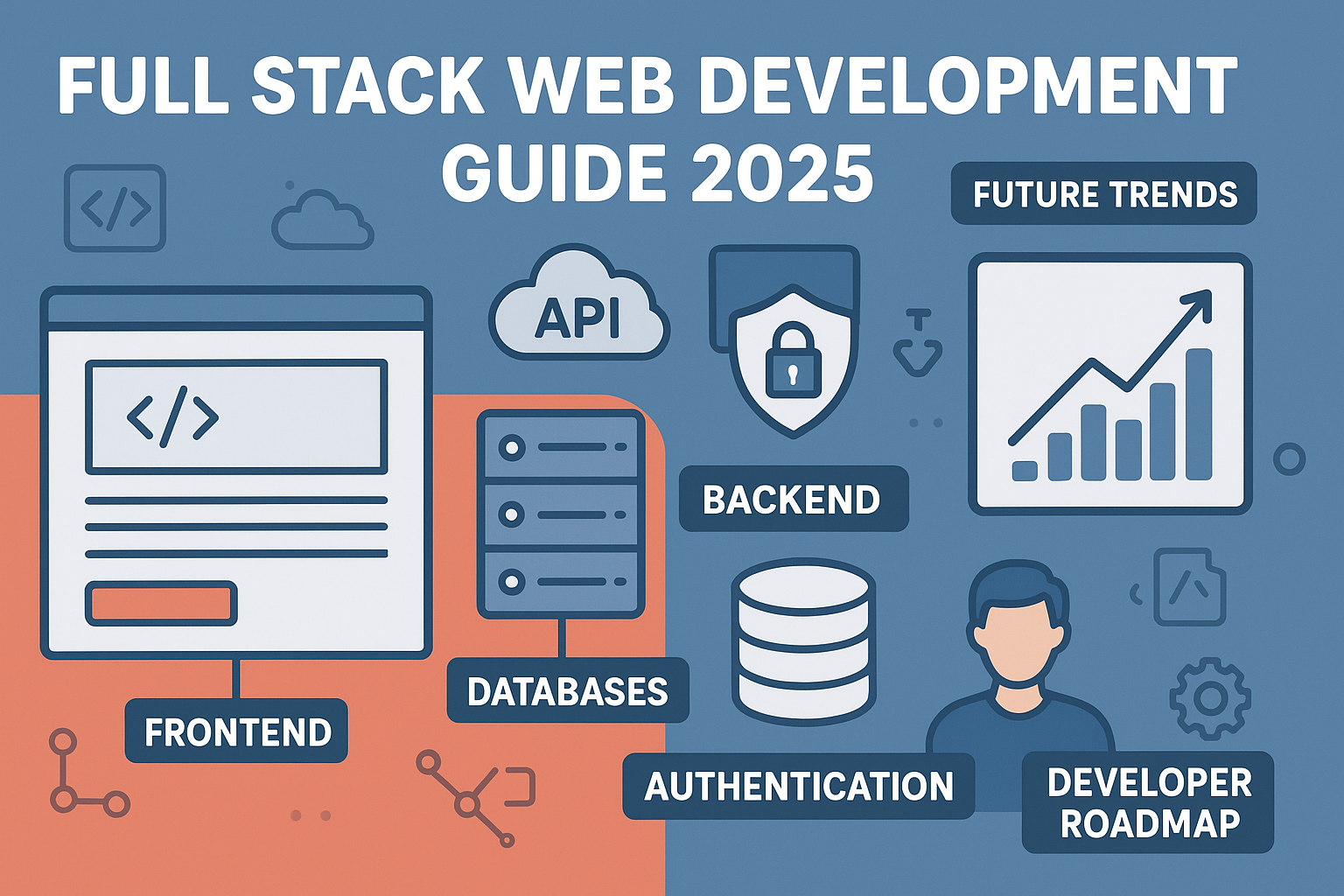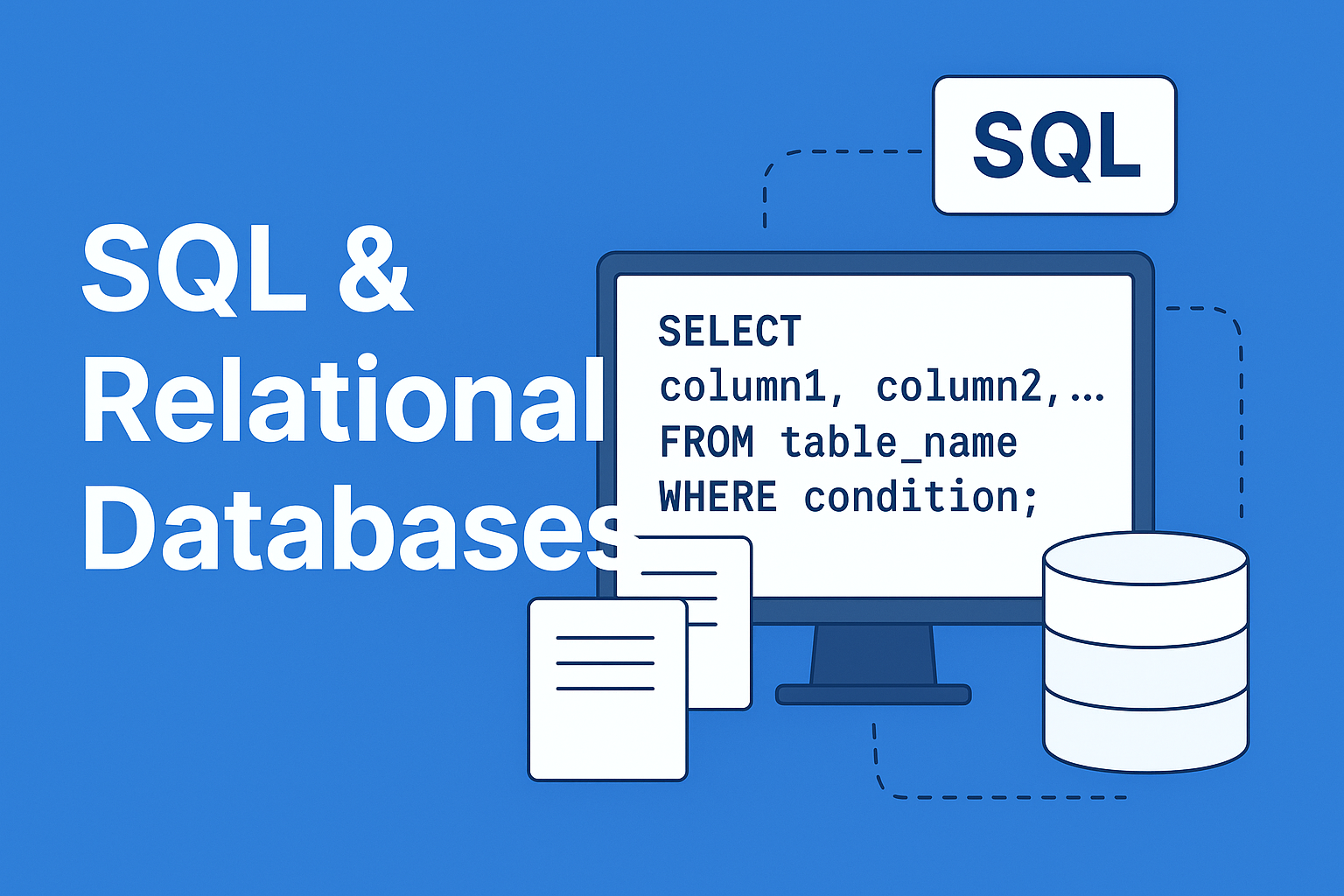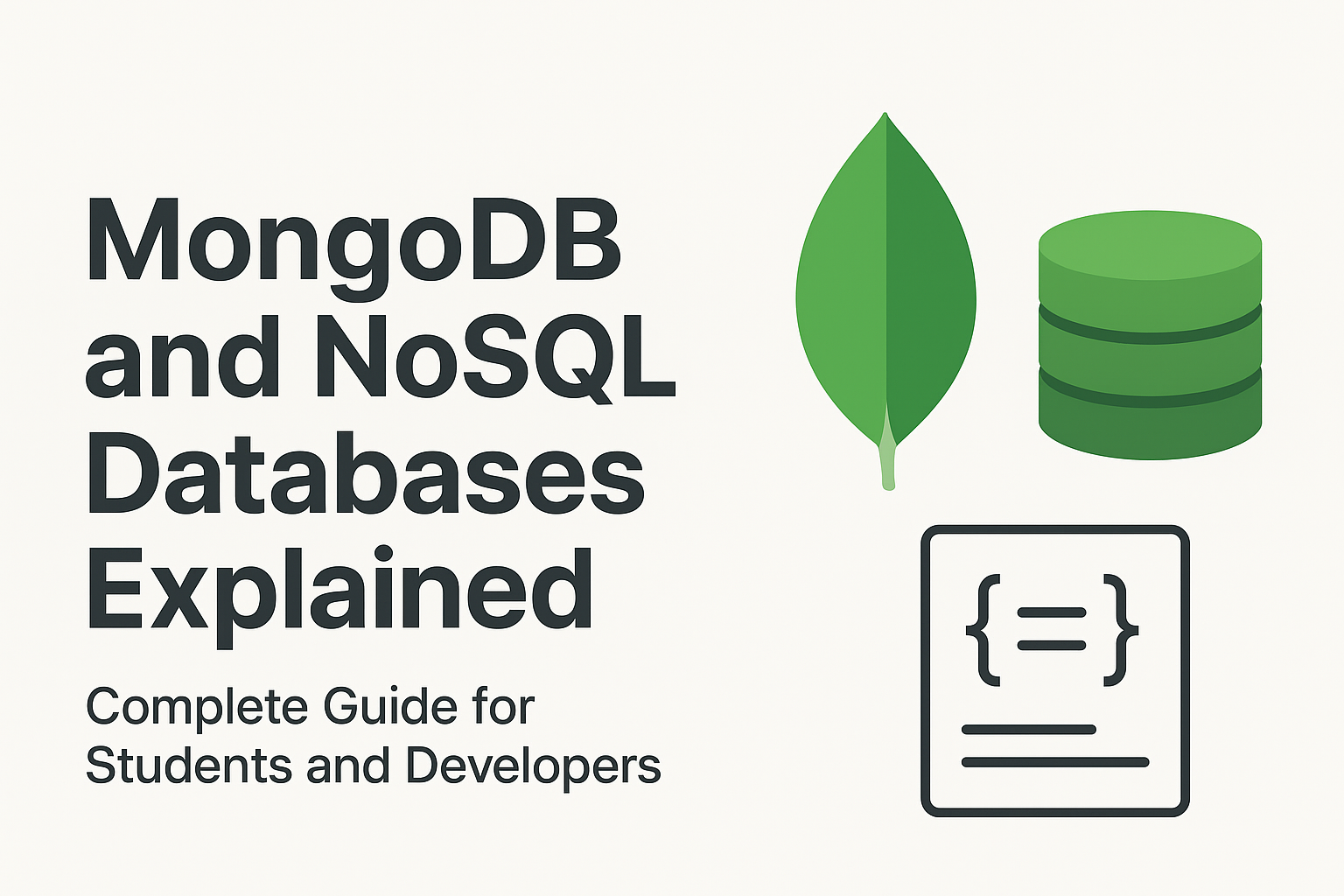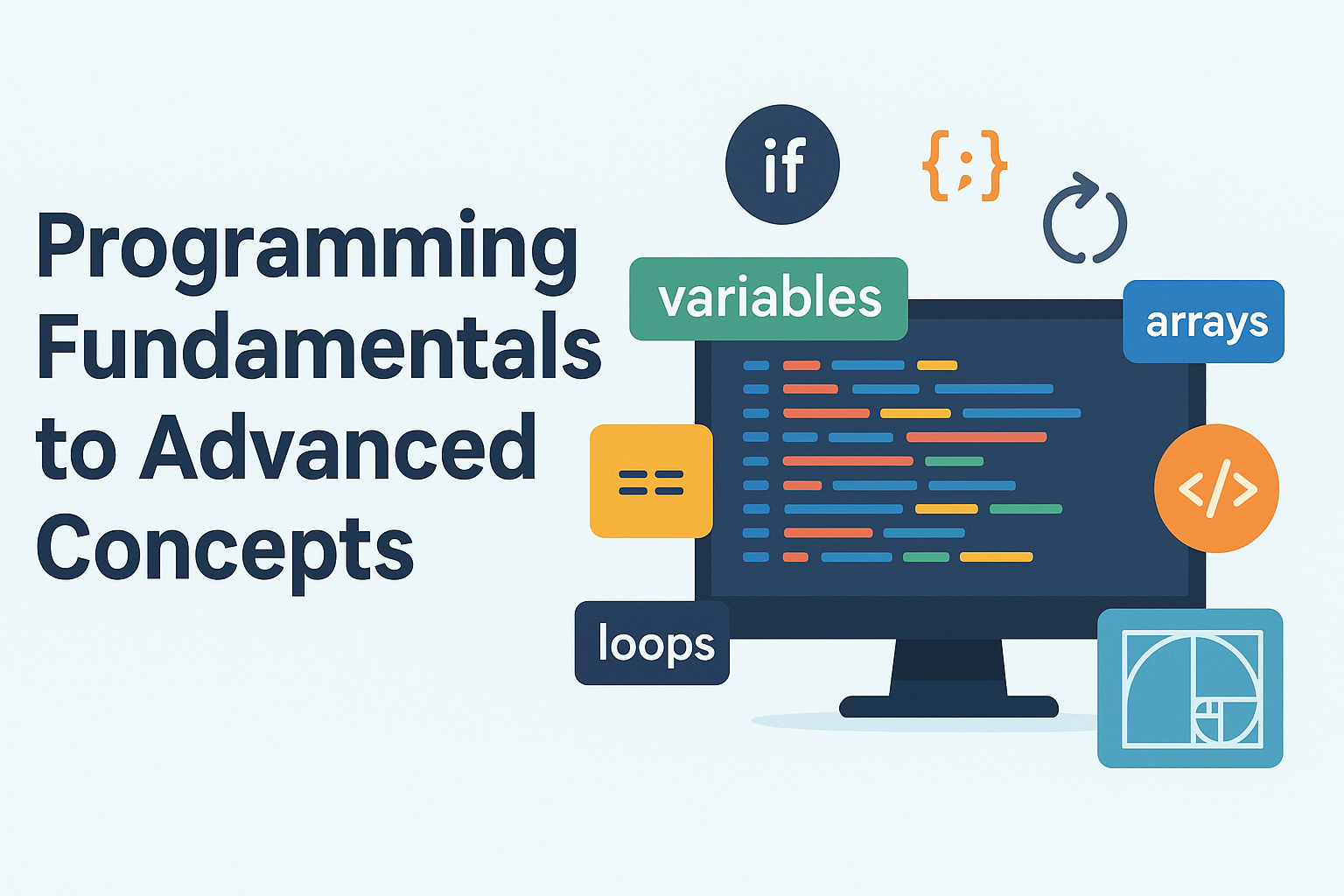C is a powerful, general-purpose, procedural programming language that laid the foundation for most modern programming languages. Developed in the early 1970s, it remains a preferred choice in system programming, operating systems, embedded systems, and performance-critical applications. Learning C is not only about mastering syntax but also about understanding how computers work at the hardware level, including memory and process control.
What is C Language?
C is a high-level programming language that blends features of both high-level and low-level languages. It provides direct memory manipulation capabilities like a low-level language (e.g., pointers, memory allocation) while also offering structured, readable code like high-level languages. It is a compiled language, which means C code is converted into machine code by a compiler before execution, resulting in fast and efficient programs.
Who Invented C?
The C programming language was developed by Dennis Ritchie in 1972 at Bell Laboratories. It was originally created to rewrite the UNIX operating system, making it portable and more manageable. Its success led to widespread adoption in system software and has influenced many later languages, including C++, Java, Objective-C, and even modern languages like Go and Rust.
Where is C Used?
C is used in numerous areas where performance, control, and direct hardware access are critical. It’s a staple in:
- Operating Systems: UNIX, Linux, Windows kernel components
- Embedded Systems: Microcontroller firmware, automotive software, IoT devices
- Compilers & Interpreters: GCC (GNU Compiler Collection), language runtime environments
- Game Engines: Core game logic in engines requiring speed and real-time performance
- Device Drivers: Software interfacing between hardware and the OS
- High-performance Libraries: Image processing, scientific computation, real-time systems
Hello World Program in C
#includeint main() { printf("Hello, World!"); return 0; }
Explanation:
#include- Preprocessor directive to include the standard input/output library.int main()- The main function where program execution begins.printf("Hello, World!")- Displays output to the console.return 0;- Terminates the program and returns control to the operating system.
Structure of a C Program
A typical C program consists of the following components:
- Preprocessor Directives: e.g.,
#include,#define - Main Function: Entry point of the program
- Variable Declarations: Memory allocation for data
- Statements & Expressions: Operations and logic
- User-defined Functions: Modular and reusable code blocks
Key Concepts in C Programming
- Data Types:
int,float,char,double,void - Control Structures:
if,else,switch,for,while,do-while - Functions: Built-in (e.g.,
printf()) and user-defined functions - Arrays and Strings: Collections of data elements and characters
- Pointers: Variables that store memory addresses
- Structures and Unions: Custom data types for grouped data
- File Handling: Reading/writing to files using
fopen,fread, etc.
Memory Management in C
One of C’s most powerful features is its control over memory. It uses functions like:
malloc()– Allocates memory dynamicallycalloc()– Allocates and initializes memoryrealloc()– Resizes previously allocated memoryfree()– Frees dynamically allocated memory
This level of control makes C ideal for writing memory-efficient and performance-oriented applications.
Compilation Process in C
The compilation of a C program generally involves four stages:
- Preprocessing: Handles directives like
#includeand#define - Compilation: Converts preprocessed code into assembly code
- Assembly: Translates assembly code into machine code (object file)
- Linking: Combines object files and libraries to create the final executable
Important Header Files in C
stdio.h– Standard input/output functionsstdlib.h– General utilities like memory allocationstring.h– String manipulation functionsmath.h– Mathematical operations likesqrt(),pow()time.h– Functions for time/date operationsconio.h– Console I/O (mostly in Turbo C/C++ compilers)
Advantages of C Language
- Fast and efficient due to direct access to memory and compiled nature
- Portable across platforms and architectures
- Structured language promoting modular programming
- Foundation for learning other programming languages
- Widely supported and used in academic, industrial, and open-source projects
Limitations of C Language
- No built-in support for object-oriented programming
- Manual memory management can be error-prone
- Lacks modern features like exception handling and high-level data structures
- Standard library is limited compared to languages like Python or Java
Is C Still Relevant Today?
Absolutely. C continues to be highly relevant in modern software development:
- Used in kernel-level programming (Linux kernel, Windows kernel modules)
- Essential for embedded development (IoT, robotics, consumer electronics)
- Common in security-sensitive applications (network utilities, antivirus engines)
- Forms the basis of many other popular languages like C++, Objective-C, Rust
Getting Started with C
Here are a few tips for beginners planning to learn C:
- Start with understanding variables, data types, and operators
- Write simple programs involving loops, conditions, and functions
- Understand how memory is managed using pointers
- Practice writing modular code using multiple functions
- Use compilers like GCC (Linux), Turbo C++ (Windows), or Code::Blocks
- Debug using tools like GDB and analyze memory usage with Valgrind
Conclusion
C is more than just a programming language—it's the mother of many. It teaches you to think logically, understand hardware-software interactions, and write performance-driven code. Whether you're aspiring to build an operating system, a compiler, a device driver, or just want to become a strong programmer, C provides the right foundation. Its timeless nature and continued use in critical software systems make it a must-learn language for every programmer.




